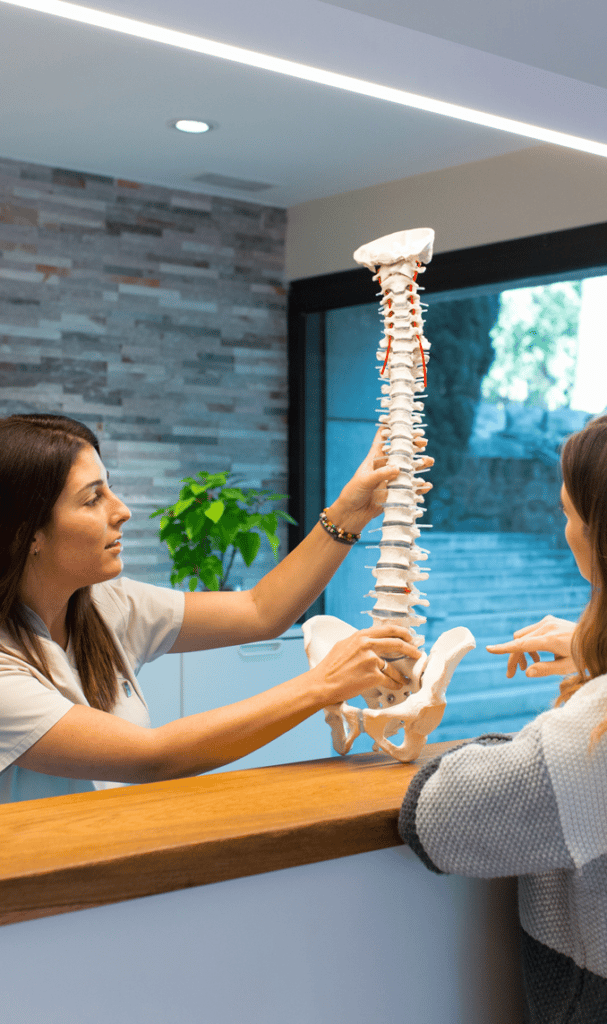Stem cell therapy shows promising results for improving spinal cord injuries, but it cannot be considered as a guaranteed cure. The extent of recovery and effectiveness of stem cell therapy depends on several factors, including the severity and location of the injury, how soon after the injury that therapy is administered, and your overall health1. Many patients experience significant and long-lasting improvements in function and quality of life, and stem cell therapy can help to slow down further degeneration. For instance, clinical research shows that stem cell treatments can promote the recovery of nerve functioning to help2:
- restore intestinal and bladder functioning
- significantly improve sensation and movement
- improve self-care ability and daily life activity
As research is ongoing, stem cell therapy continues to evolve.
1 Park SS, Byeon YE, Ryu HH, Kang BJ, Kim Y, Kim WH, Kang KS, Han HJ, Kweon OK.(2011). Comparison of canine umbilical cord blood-derived mesenchymal stem cell transplantation times: involvement of astrogliosis, inflammation, intracellular actin cytoskeleton pathways, and neurotrophin-3. Cell Transplant. 20(11–12):1867–1880.
2 Xie, Q., Liu, R., Jiang, J. et al. (2020). What is the impact of human umbilical cord mesenchymal stem cell transplantation on clinical treatment?. Stem Cell Res Ther 11, 519. https://doi.org/10.1186/s13287-020-02011-z



